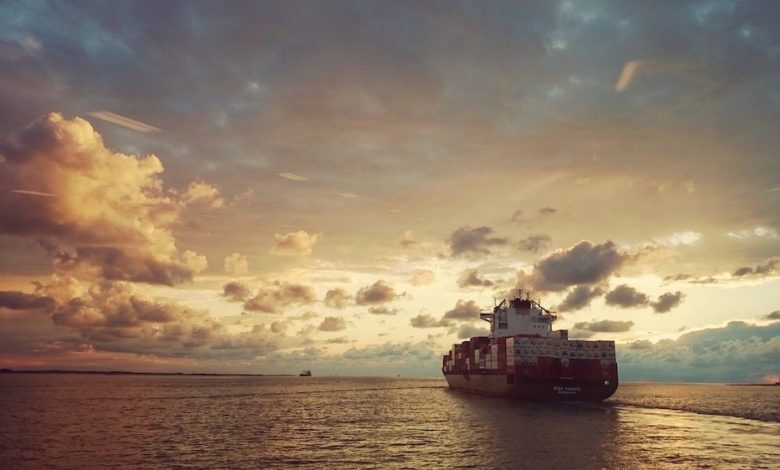ZeroNorth unveils AI-enabled fuel model

ZeroNorth has unveiled a new artificial intelligence-enabled fuel model which it claims generates 34% more accurate predictions when compared to existing solutions and the current industry standard, and lowers the bias of results by 42%. ZeroNorth claims today’s industry-standard fuel consumption tables are generally between 75% and 90% accurate depending on factors including weather and operational speeds.
The Danish tech firm uses a combination of AI and best practice naval architecture knowledge to predict the expected operational fuel consumption of any type of vessel in the global fleet.
In one of ZeroNorth’s largest R&D investments to-date, the company has assembled a team of more than 25 data scientists, data engineers, software engineers and naval architects to develop and continuously improve the model.
The fuel model combines and learns over time from more than 1.2bn data points, spanning vessel reports, high frequency sensor data, weather data, AIS signals, port stays, dry-dock and cleaning events, paint characteristics, vessel characteristics and more. It uses this information to predict expected fuel consumption for a vessel, no matter its itinerary, route, condition or current operating pattern.
Pelle Sommansson, chief product and AI officer, ZeroNorth, said: “Our new fuel model supports improved transparency across the value chain. Fuel consumption information is a critical pillar of accurate charter party agreements, and our new model will help to fill gaps for charterers and operators alike on vessels being taken on shorter-term time charter.”
